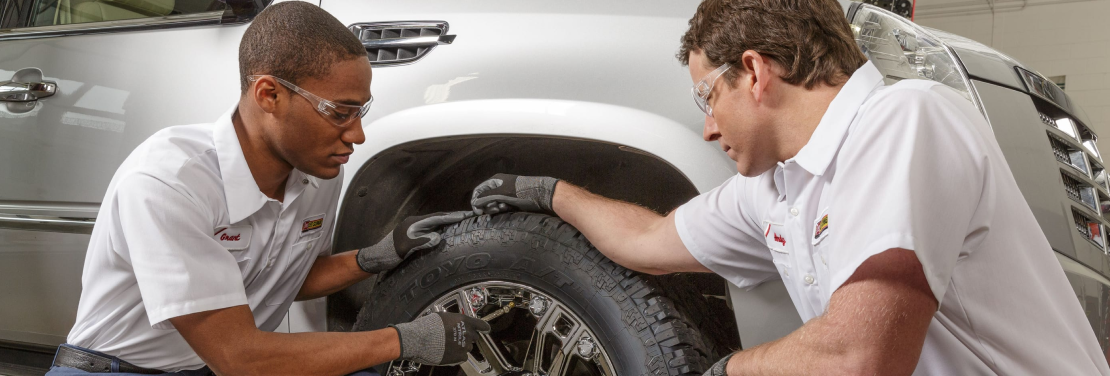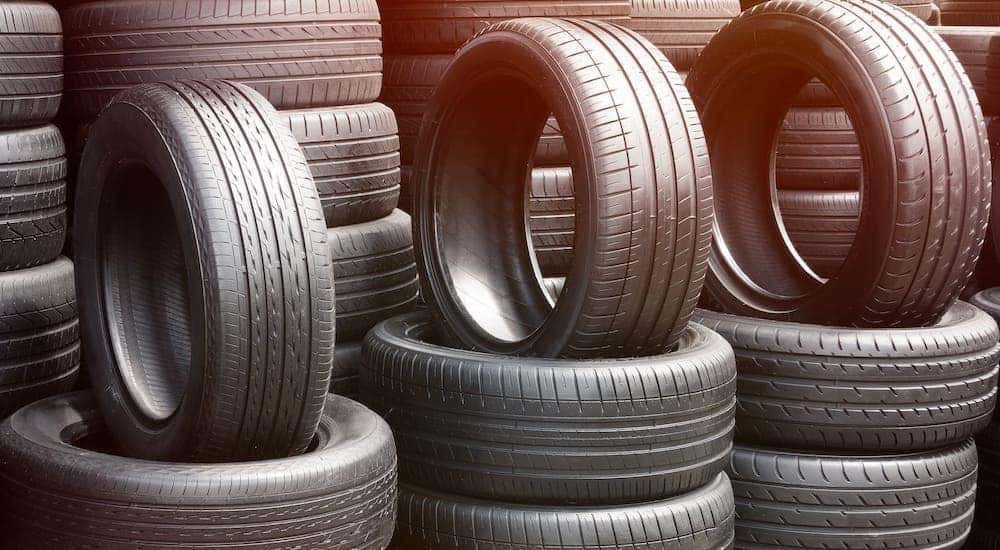Wide Selection of Tires Morris IL: Discover the Perfect Fit for Your Car
Wide Selection of Tires Morris IL: Discover the Perfect Fit for Your Car
Blog Article
Tire Service: The Influence of Climate Condition
When it pertains to making sure optimal efficiency and safety and security when driving, comprehending the effect of climate condition on tire service is important. From scorching warm to icy roads, each climate element can substantially affect tire performance and overall driving experience. By diving into the impacts of differing climate conditions on tires, drivers can acquire important insights that might enhance their vehicle's performance and longevity. In this conversation, we will discover the elaborate partnership in between weather and tire service, clarifying the importance of weather-specific tire upkeep practices and factors to consider.
Heat and Tire Performance
When subjected to high temperatures, tires experience modifications in efficiency that can significantly impact vehicle safety and security and handling. The warm produced from prolonged driving or hot weather conditions causes the tire rubber to soften, bring about lowered walk life and boosted wear. As the rubber becomes softer, the tire's hold when driving reduces, influencing stopping ranges and overall traction. In severe instances, too much warmth can even cause tire blowouts, positioning an extreme safety and security threat to the lorry and its residents.
Additionally, high temperature levels can increase the procedure of tire aging, causing the rubber to wear away much more promptly. To alleviate the results of heat on tire performance, motorists must frequently examine their tire pressure, revolve tires to make certain also wear, and check for any indicators of damages.
Winter Effects
Cold weather conditions can have a considerable influence on tire efficiency and safety. In cold weather condition, tires might likewise shed air stress more rapidly, which can impact managing and gas efficiency.
To reduce the impacts of winter on tires, it is crucial to routinely inspect tire stress and inflate them to the maker's advised levels. Utilizing winter months or all-season tires made for winter conditions can likewise improve traction and grip on icy or snowy roads - discount tires morris il. Correct tire maintenance, including routine evaluations for wear and damage, becomes a lot more vital during colder months to guarantee optimum efficiency and safety
Rainy Conditions Effect
Tires with damaged treads are much more susceptible to hydroplaning, where a layer of water builds up between the road and the tire surface, leading to loss of traction. To combat this, chauffeurs need to routinely examine their tires for sufficient tread deepness and take into consideration spending in tires especially made for damp conditions.

Snow and Tire Safety And Security
When driving in snowy conditions, having the best tires can make a substantial difference in safety and security and performance. Winter tires are designed with unique rubber compounds and walk patterns to provide far better traction on snow and ice contrasted to all-season tires.
Along with using wintertime tires, it is essential to guarantee they are effectively blown up. Cold weather can create tire pressure to drop, influencing grip and handling (mopar tire service specials). Routinely checking and maintaining the appropriate tire pressure is crucial for optimal performance in snowy problems

Weather-Related Tire Upkeep
When confronted with different weather condition conditions, proper tire upkeep comes to be a crucial facet of car safety and efficiency. Weather-related tire upkeep encompasses a series of practices intended at making certain ideal tire function and durability in different weather circumstances. One crucial aspect of weather-related tire upkeep is tire stress guideline. Varying temperatures can trigger tire pressure to differ, affecting grip and gas effectiveness. Frequently adjusting and examining tire stress according to manufacturer referrals is vital for secure driving in changing climate conditions. In addition, tire walk deepness plays a considerable duty in handling various weather aspects. Tires with adequate walk depth supply better hold on damp or icy roads, decreasing the risk of hydroplaning or skidding. Inspecting tire tread consistently and changing tires when walk wear gets to a certain depth is essential for maintaining grip and stability in damaging weather. By prioritizing weather-related tire maintenance, motorists can enhance security, boost lorry performance, and prolong the life expectancy of their tires.
Verdict
Finally, climate problems have a substantial effect on tire efficiency and security. From warmth influencing tire pressure and wear to winter decreasing traction, it is necessary to consider the weather condition when preserving and utilizing tires. Wet conditions can decrease grip and cause hydroplaning, while snow can boost the danger of accidents if tires are not effectively outfitted. Weather-related tire upkeep is essential in ensuring optimum performance and safety when traveling.
In this discussion, we will certainly check out the intricate connection between weather condition problems and tire solution, shedding light on the value of weather-specific official site tire maintenance methods and factors to consider.

Report this page